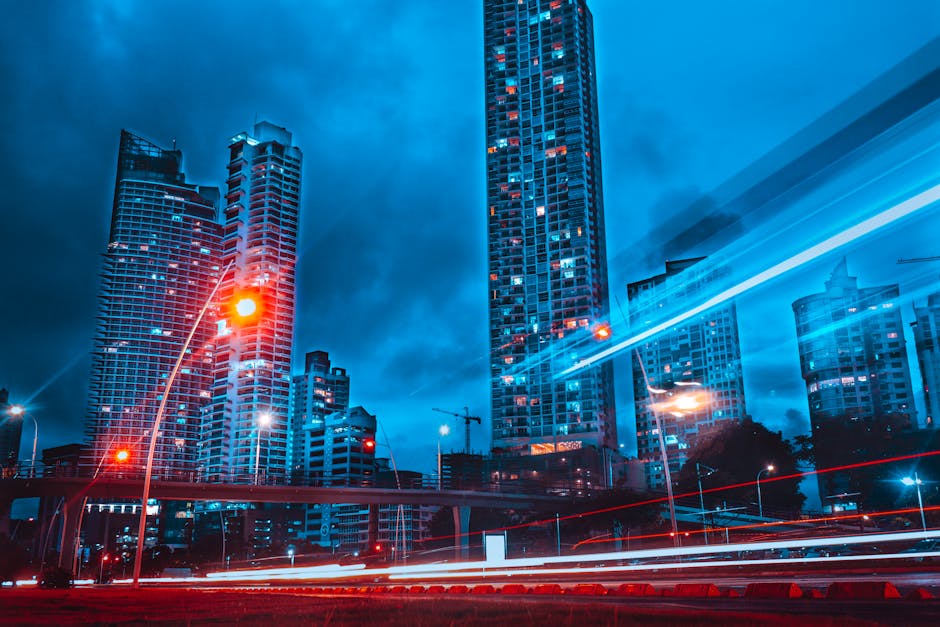


 Panama
Panama
Panama is a great travel destination for those looking for a unique and exciting experience. With its stunning beaches, lush rainforests, and vibrant culture, Panama offers something for everyone. From the bustling city of Panama City to the laid-back Caribbean islands, there is plenty to explore. The country is also home to some of the world’s most beautiful national parks, including the San Blas Islands and Coiba National Park. With its diverse wildlife, stunning landscapes, and friendly locals, Panama is sure to provide an unforgettable experience.
Activities: Surfing, Stand-up paddle boarding, Canoeing, Rafting, Snorkeling, Hiking, Camping, Rock climbing, Safari
Landscapes: Islands, Beaches, Forests, Woodlands, Mountains, Rivers, Lakes
Topics: Cities, Nature, Wildlife, Food, Wine, Art, Music, History, Festivals, Backpacking, Adventure
Is Panama expensive?
Panama currency
B/.Panamanian balboa (PAB)
$United States dollar (USD)
Weather in Panama
The weather in Panama is generally warm and humid year-round. The average temperature is around 80°F (27°C). The dry season runs from January to April, and the wet season runs from May to December. During the dry season, temperatures are slightly cooler and there is less rain. During the wet season, temperatures are slightly higher and there is more rain. The Caribbean coast of Panama tends to be hotter and more humid than the Pacific coast.
- Yearly temperature range: 11°C - 35°C
- Monthly rainfall range: 17mm - 148mm
- Daily sunshine range: Infinityh - -Infinityh
Traveling Panama
Bus
Buses are the most common form of transportation in Panama. They are inexpensive and can take you to most places in the country.
Taxi
Taxis are available in most cities and towns in Panama. They are a convenient way to get around, but can be more expensive than buses.
Car Rental
Car rental is available in Panama, and is a great way to explore the country at your own pace.
Car rentalAirplane
Airplanes are available for domestic flights within Panama. This is the fastest way to get around the country.
Flights
Is Panama safe?
Crime
The most common crimes in Panama are theft, pickpocketing, and robbery. Petty theft is the most common crime, with thieves targeting tourists in particular. Pickpocketing is also a problem in crowded areas such as markets and bus stations. Robbery is less common but still occurs, particularly in isolated areas or at night. It is important to be aware of your surroundings and take precautions when traveling in Panama.
Travel advisory
3/5Panama has a current risk level of 3 (out of 5). We advise: Use some caution when travelling Panama.Last updated: Thu Mar 23 2023
Health
Malaria
Malaria is a risk in some parts of Panama, particularly in rural areas. It is recommended to take preventative measures such as wearing long-sleeved clothing, using insect repellent, and sleeping under a mosquito net.
Insect repellentDengue Fever
Dengue fever is a risk in Panama, particularly during the rainy season. It is recommended to take preventative measures such as wearing long-sleeved clothing, using insect repellent, and avoiding standing water.
Insect repellentZika Virus
The Zika virus is present in Panama and can be spread through mosquito bites. It is recommended to take preventative measures such as wearing long-sleeved clothing, using insect repellent, and avoiding standing water.
Insect repellentFood and Water Safety
It is important to practice safe food and water hygiene when traveling in Panama. It is recommended to only drink bottled or boiled water and avoid eating raw or undercooked foods.
Panama customs and etiquette
Be Respectful
Be respectful of the local culture and customs, including dress codes, language, and religious beliefs.
Be Courteous
Be courteous to locals and other tourists. Avoid loud or disruptive behavior.
Be Aware of Local Laws
Be aware of local laws and regulations, including those related to photography and filming.
Respect Nature
Respect nature by not littering or disturbing wildlife.
Be Considerate
Be considerate when taking photos or videos of people. Ask permission before taking pictures of people or private property.
Respect Privacy
Respect the privacy of others. Do not take pictures or videos without permission.
Tipping
Tipping is customary in Panama, especially in restaurants and hotels.
TP
Copyright 2023